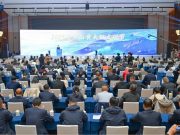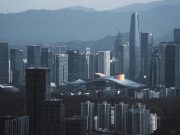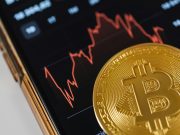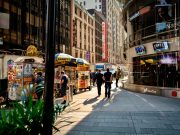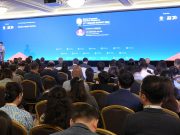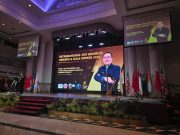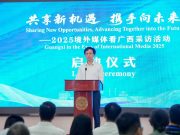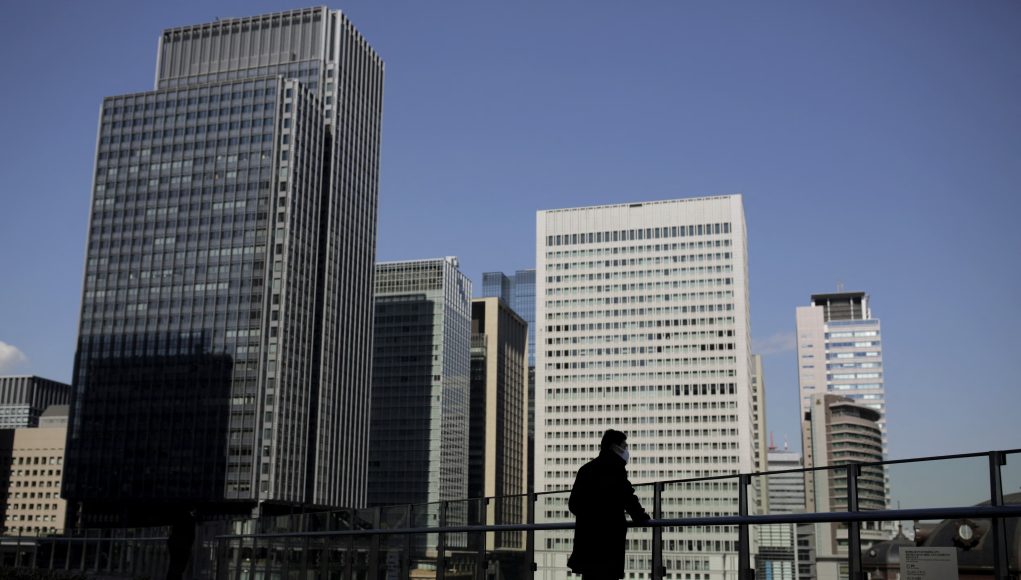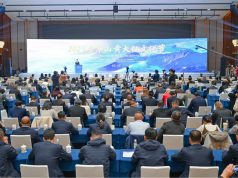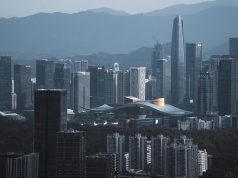(SINGAPORE, 2025.10.21) Chinese media reported that local governments in China are mobilizing every available resource, transforming them into monetizable assets—ranging from stocks and bonds to instruments usable as borrowing leverage—to enhance returns, as Beijing has tasked them with managing their own debts and generating their own revenues in the aftermath of the Covid crisis.
Six years ago, the Hongshan Artificial Intelligence Building in Hubei province’s Wuhan city was a “ghost building” with less than 30% occupancy. Today, it is a “billion-yuan building,” generating 1.5 billion yuan (about S$270 million) in annual returns. The secret? Asset securitization.
By issuing commercial mortgage-backed securities (CMBS) on the Shanghai Stock Exchange, the developer of Hongshan raised 301 million yuan upfront—turning rental income that would have taken 10 t 20 years to earn under the traditional approach into immediate cash, reported Rongzhong Finance (融中财经), a Chinese financial media and service platform.
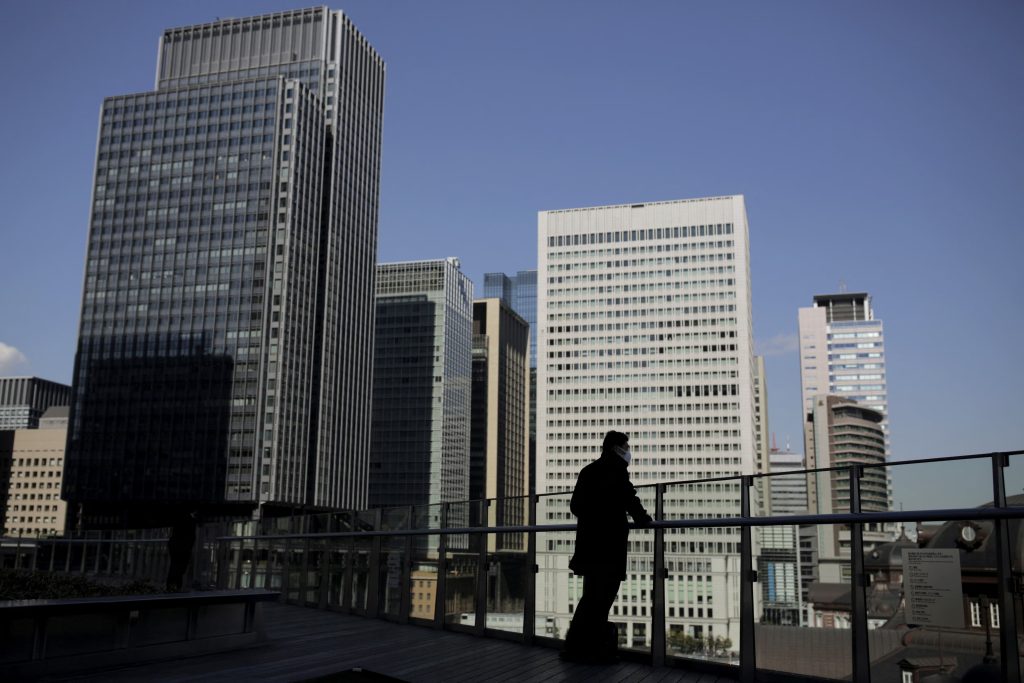
An abandoned mine became China’s first hydrogen storage hub. A bus company raised 601 million yuan by securitizing future ticket revenues. Phosphate exploration rights secured a bank credit of 1.8 billion yuan. Behind these “turning waste into treasure” cases lies a clear logic: monetize all state resources, securitize all state assets, and leverage all state funds wherever possible. These are collectively referred to as the “three-capital reform” (三资改革)in China.
These approaches appear to have originated with Li Dianxun (李殿勋). The pivotal moment came on March 2023 in Changsha, when Li implemented them serving as Hunan province’s Executive Vice Governor, according to Rongzhong.
But the story actually began in 2022. That year, China’s State Council, or Cabinet, announced a policy directive, instructing that with investments waning and fiscal revenues from land sales becoming unsustainable, local governments needed to switch from pursuing “expansion” to “revitalizing existing assets.”
Li Dianxun’s “three-capital reform” went beyond the limited goal of “revitalizing existing assets,” advancing instead a bold and comprehensive overhaul. The approach shifted from a tentative “can be done” to a determined “must be done wherever possible,” and from selectively “encouraging pilot projects” to implementing reforms across all sectors, types, and regions.
Local governments have no other choice. After three years of the pandemic, their fiscal revenues plunged, while land transfer fees — once dubbed the “second fiscal source” — suffered a precipitous fall. Land sales revenue in 300 cities fell from 6.5 trillion yuan in 2021 to 4.8 trillion yuan in 2022, a drop of more than 25%. Meanwhile, they had borrowed extensively to fight the virus, protect livelihoods, and stabilize the economy, causing hidden debts to balloon. By the end of 2022, debt risks began to surface across the country, and Beijing made its stance clear: local governments must “take care of themselves” — in other words, find their own ways to manage and resolve their debts.
In this context, the “three-capital” reform is inevitable. It is a desperate attempt at self-rescue amid a looming debt crisis. Every movable resource must be put to use: six categories of state-owned resources (land, minerals, forestry, water, energy, and data); five categories of state assets (physical assets, claims, equity, franchise rights, and future income rights); and two types of state funds (idle and inefficient), Rongzhong elaborated.
Crucially, instruments once used to drive development have been repurposed as weapons against debt. Asset securitization, REITs (real estate investment trusts), ABS (asset-backed Security), CMBS—once purely financial-market terms—are now standard tools in local governments’ debt-management arsenal.
When Li arrived in Hubei, the pandemic had left its economy reeling, the Contemporary Group had collapsed under massive debt, and the lingering risks left by former Party Secretary Jiang Chaoliang remained unaddressed. A provincial audit revealed that state-owned assets worth 21.5 trillion yuan were sitting idle, while staggering debts loomed over the province.
Li’s approach, though originally introduced only in Hunan and Hubei, gradually became a model for other regions. But interestingly the same play produced very different outcomes when staged in different locales, Rongzhong noted.
Tianjin adopts a “string-together” strategy.: its municipal trust consolidates the city’s scattered assets—such as office buildings, parking lots, and retail spaces. On their own, these properties are too small to generate significant value, but when bundled together, they become viable for financing.
Hubei’s Huanggang took a bolder approach. In December 2024, four subsidiaries of the city’s investment company raised 499 million yuan at 2.8% interest. Individually, they were not qualified to issue bonds, but by breaking the debt into smaller parts, they sidestepped regulatory restrictions. Also, instead of municipal guarantees, Hubei provided provincial support. This is a new 2024 model for supply chain ABS: “bank guarantees + multiple debtors + provincial backing.”
Another creative move: Qingdao city’s investment arm counts “corporate information verification dataset” as an intangible asset, and Nanjing’s did the same with its “anonymized water usage data from 3,000 companies”. Tianjin’s Lingang Economic Zone pledges “telecom pipeline operation data” and the IP certificates of its “Cerebral Digital Human” to secure a loan of 15 million yuan. This means they are using data and intellectual property as collateral, like using buildings or machinery.
In April this year, Liaoning province’s Dalian city pushed the envelope. It turned an unused 62.3-hectare island into a digital investment opportunity using blockchain, effectively making the island “ownable” and tradable in the digital financial world. The Xiaoping Island (小平岛)idle-resources revitalization project was officially signed and launched, with a total investment of 2 billion yuan, making it China’s first RWA (Real-World Asset) digital island project.
RWA has thus helped unlock access to global capital markets — Dalian’s idle island, which previously relied solely on domestic bank loans or bond issuance, can now be sold directly to investors in Hong Kong, Singapore, Europe, and the US.
Sichuan and Inner Mongolia, by contrast, have taken a more traditional approach. Sichuan focuses on using concessions, asset resources, and debt projects to manage liabilities, including securitizing highway tolls and scenic-area tickets. Inner Mongolia monetizes its holdings by adjusting mining-right transfers and land quota trades.
Meanwhile, in Hunan’s Changde city, state-owned assets worth 52.11 billion yuan were revitalized, while Guangxi province expanded debt-relief funding through asset securitization—classic “fire sales” that turn real assets into cash.
When Dalian’s idle island’s projected 20-year revenues have been tokenized and sold to investors worldwide; when urban investment companies can put data assets and future receivables on their balance sheets; when every asset that can be securitized has been securitized, and every asset that can be tokenized has been tokenized—what comes next? asked Rongzhong。
In other words, China is experimenting with turning almost anything—land, future income, data—into tradable financial assets. This is a bold, high-tech approach to funding and growth, but it also raises questions about systemic risk, transparency, and the sustainability of growth if these assets fail to produce real returns.


